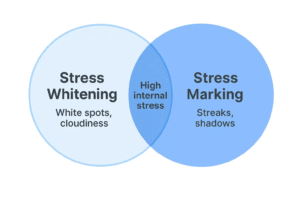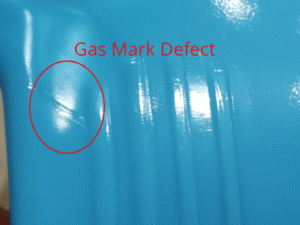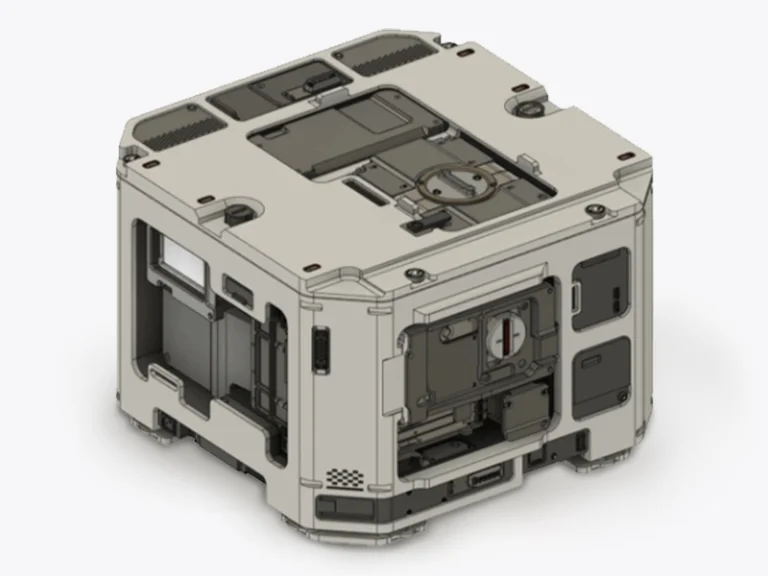TPU Injection Molding Service
High-quality, durable TPU parts with injection molding and cost-effective solutions for automotive, electronics, and consumer goods.
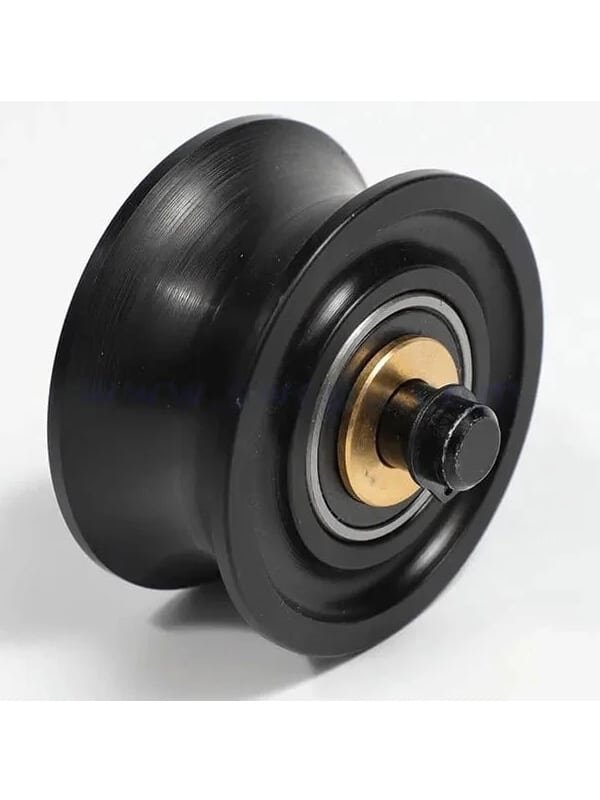
What is TPU Injection Molding?
Our TPU injection molding process starts with precision mold design, ensuring optimal part quality and consistent performance. We use advanced injection molding machines to accurately melt and inject thermoplastic polyurethane (TPU) pellets into meticulously crafted molds. The material then undergoes controlled cooling and solidification, producing flexible, durable components with excellent wear resistance and elasticity. Finally, professional finishing techniques guarantee high-quality TPU parts that meet stringent industry standards.
With expertise in mold design and fabrication, process optimization, and quality control, we deliver cost-effective, scalable TPU injection molding solutions tailored to diverse industries. Whether you need custom prototypes or large-scale production, our strict quality standards and reliable manufacturing ensure superior and consistent TPU components.
Injection Molding TPU Parameters Table
| Parameter | Recommended Range |
|---|---|
| Wall Thickness | 0.8mm–3mm |
| Maximum Part Size | 2000mm x 1500mm x 1000mm |
| Minimum Feature Size | 0.3mm–0.8mm |
| Tolerances | ±0.05mm–±0.15mm |
TPU Material Properties
TPU (Thermoplastic Polyurethane) is a versatile elastomer used in TPU molding for its outstanding balance of flexibility and toughness. It bridges the gap between rubber and plastic, making TPU material injection molding a preferred method for durable yet elastic parts.
Key characteristics of TPU include:
- High abrasion resistance
- Excellent low-temperature flexibility
- Good oil and chemical resistance
- Superior elongation and tear strength
| Property | Density | Tensile Strength | Flexural Strength | Impact Strength (Unnotched) | Heat Deflection Temp (0.45 MPa) |
|---|---|---|---|---|---|
| Value/Description | 1.10–1.25 g/cm³ | 40 -50 MPa | 60-70 MPa | 20 -30 kJ/m² | 90-100℃ |
- The above parameters represent the baseline performance of the materials. Actual application should be dynamically optimized based on specific working conditions.
Need Custom TPU Injection Molding Solutions?
Advantages & Disadvantages of TPU Injection Molding
TPU injection molding is widely favored for its unique combination of flexibility, toughness, and wear resistance. While the process does come with certain challenges—such as sensitivity to moisture and precise temperature control—its adaptability makes it an excellent choice for custom applications across various industries. Understanding the advantages and limitations of TPU molding helps ensure it’s the right fit for your specific project.
Advantages
- Excellent flexibility and durability
- High impact resistance
- Resistant to abrasion, oils, and chemicals
- Good performance in low temperatures
- Suitable for overmolding and multi-shot molding
Disadvantages
- Limited UV resistance
- May require precise TPU injection molding temperature control
- Not as heat-resistant as some rigid plastics
Applications of TPU Injection Molding
Automotive Industry

- CV joint boots
- Gaskets and seals
- Suspension bushings
Consumer Electronics
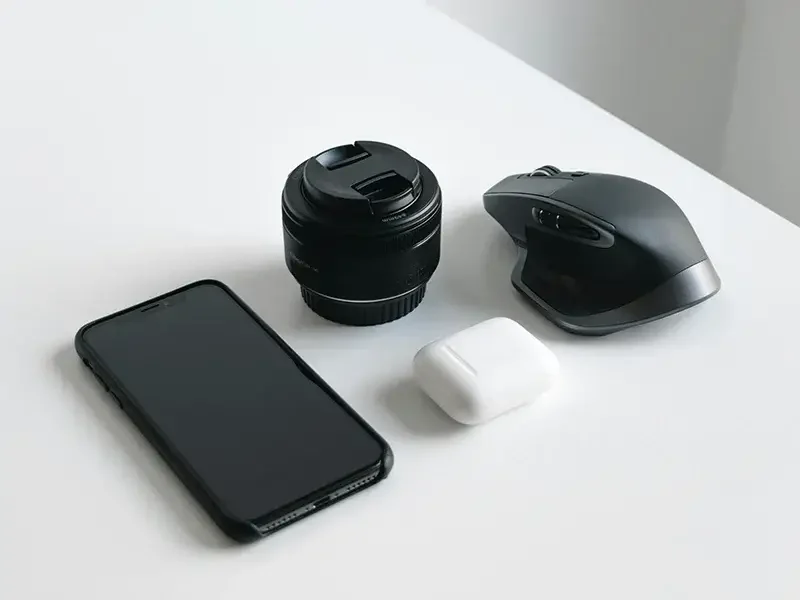
- Protective phone and tablet cases
- Cable jackets
- Wearable device bands
Medical & Healthcare

- Tubing and catheters
- Seals and valves
- Soft-touch device components
Industrial & Sporting Goods
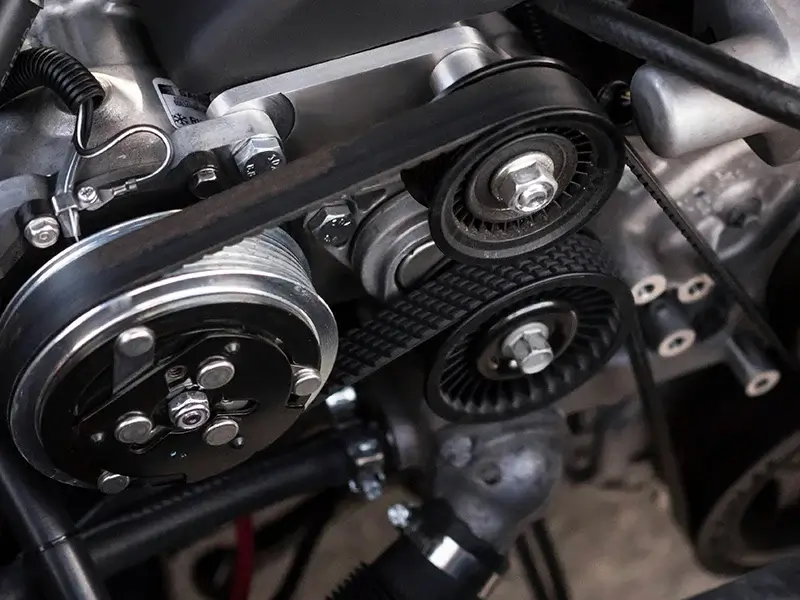
- Inhalers and nebulizers
- Skate wheels
- Flexible connectors
Jiangzhi TPU Injection Molding Parts are Guaranteed


